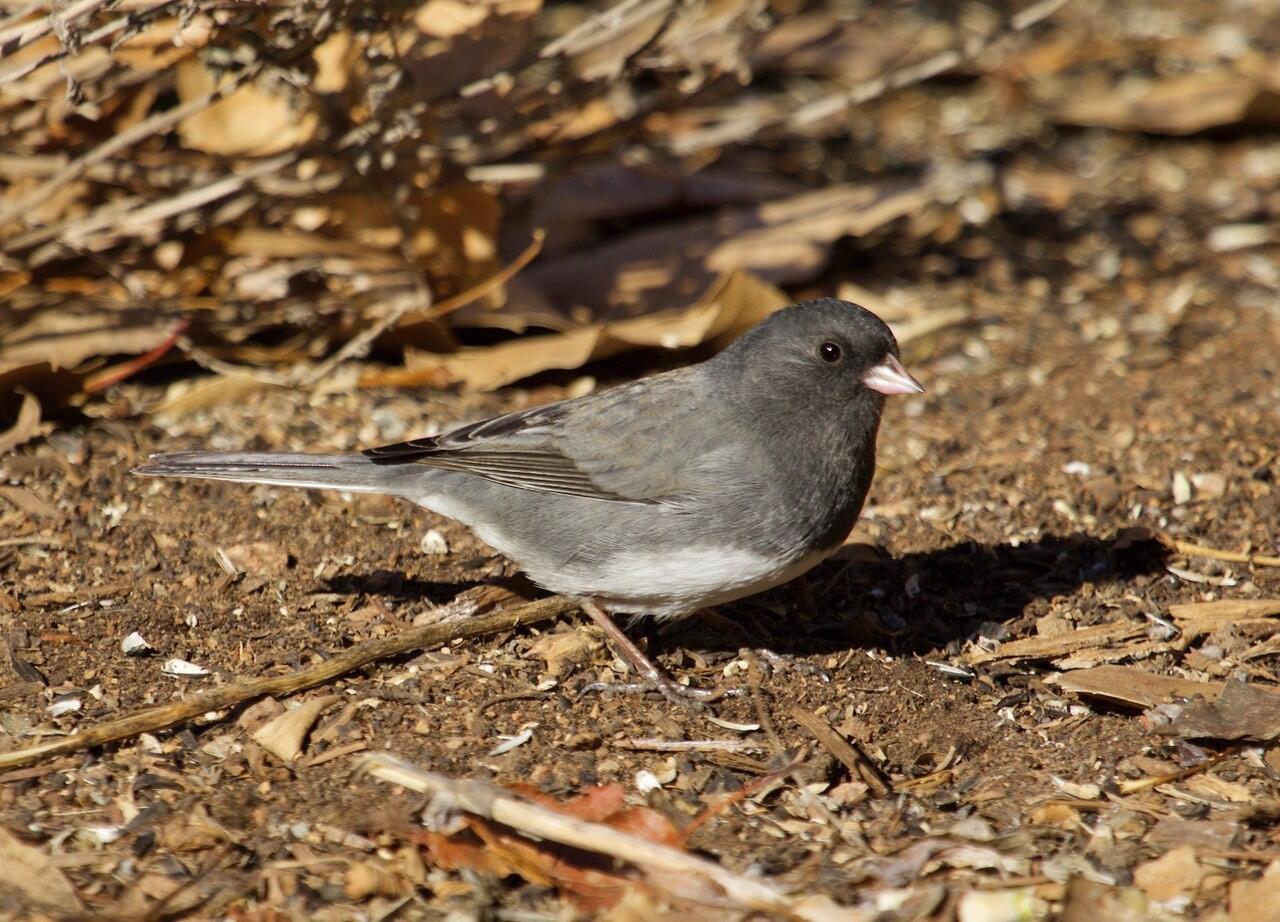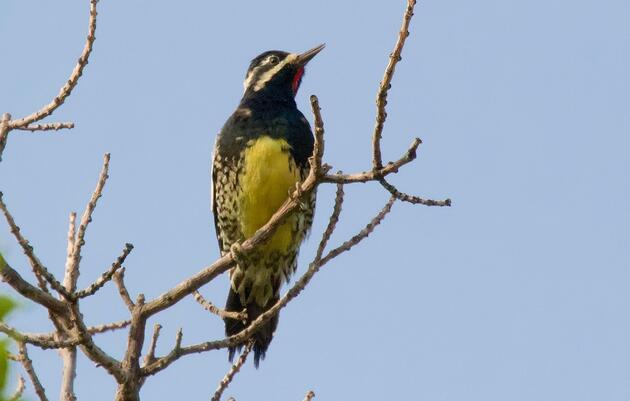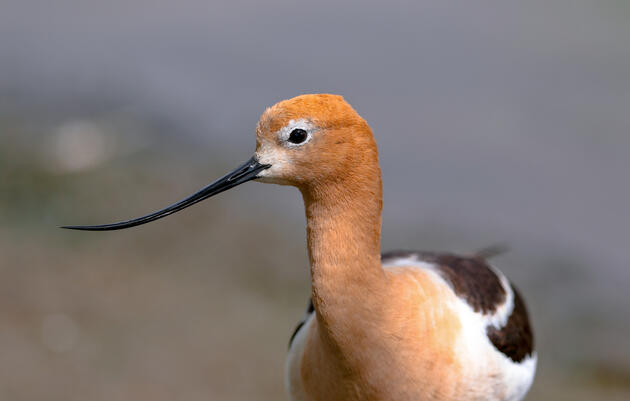“Wow! Look at those little grey floofs on the ground!” If you’ve ever been birding with a group of eight-year-olds, you will undoubtedly hear the enthusiastic oohs and aahs for the adorable and ubiquitous Dark-eyed Junco. Even non-birders like our young students can appreciate their cute little faces and fun antics.
Dark-eyed Juncos are one of North America’s most common sparrows, with an estimated 630 million individuals found across the continental US. The 19th Century naturalist John James Audubon wrote, “There is not an individual in the Union who does not know the little Snow-bird.” During the winter, juncos are common visitors to feeders and endear themselves to many backyard birders. I enjoy seeing them interact while they hop around the feeders and vegetation at the Randall Davey Audubon Center. You may also recognize their twittering calls, chips, and trilling song as a frequent soundtrack to winter walks.
While Juncos in the Eastern US primarily sport grey and white coloration, here in the West we get to experience a whole range of colors and patterns. Once considered separate species, Dark-eyed Juncos are now a single species with several distinct forms that range from the dark-hooded Oregon form, to the monochromatic Slate-colored. Here in the Southwest, you might also spot a Pink-sided or Red-backed form. I personally love the Grey-headed form, which look like they have a little rufous backpack between their wings. All Dark-eyed Juncos have white outer tail feathers, which is a great way to identify these little critters when flushed from the ground.
One of our volunteer bird walk leaders, Tom Taylor, shared the following observation of the nuances of Junco color variations. “I have never seen a Slate-colored Junco in New Mexico - and I realize they are very common in the eastern US. The Cassiar (cismontanus) subspecies, shown below, is often confused with the Slate-colored Junco in the Southwest. Notice, that unlike the Slate-colored, the Cassiar is overall darker like the Slate-colored, but the hood stands out as a richer color. Take a look at the bird photos for all the juncos on eBird, where they show both of these subspecies. The Cassiar is not considered a mixed hybrid, but a result of some stable interbreeding in the NW nesting grounds.”

For me, the Dark-eyed Junco is a familiar face you can find in backyards, parks, and forests across North America. Like our own human communities, they may look or sound a little different depending on where you are, but it’s still the same Dark-eyed Junco overall. They welcomed me when I moved cross-country from North Carolina to New Mexico, and I’ve spotted them during summer trips to Rocky Mountain National Park and Seattle. During our cold and drab winters, they are entertaining backyard visitors that keep things light.
The Great Backyard Bird Count (February 18-24, 2022)
This year, people of all ages will participate in the 25th annual Great Backyard Bird Count, a weekend-long community science project. The Great Backyard Bird Count (GBBC) is a free, fun, and easy event that engages bird watchers of all ages in counting birds to create a real-time snapshot of bird populations. Participants are asked to count birds for as little as 15 minutes (or as long as they wish) on one or more days of the four-day event and report their sightings online at birdcount.org. Anyone can take part in the Great Backyard Bird Count, from beginning bird watchers to experts, and you can participate from your backyard, or anywhere in the world. Each checklist submitted during the GBBC helps researchers at the Cornell Lab of Ornithology and the National Audubon Society learn more about how birds are doing, and how to protect them and the environment we share. Audubon recently released a study that showed the importance of community-gathered data from events like the GBBC and the Christmas Bird Count, especially as bird populations change due to climate change impacts.
How Do I Attract More Backyard Birds?
When looking to attract birds to an urban space, I always remember the basics: Water. Food. Shelter.
Especially in the southwest, a water bath or puddle can make a huge difference for wildlife. In warmer months, you can place out a shallow dish with a few rocks for birds and pollinators. It may take creatures a little bit of time to learn its location, but even a small sip of water is helpful in our arid climate.
Grow native plants to provide food for birds. While exotic and ornamental plants are beautiful, they are the equivalent of a food desert for birds. From small container gardens on balconies, to landscaping your home, native plants are key to supporting local insect populations, which in turn feed our feathered friends.
Providing shelter is a great way to support winter visitors like Dark-eyed Juncos. Piles of branches and old shrubs offer warmer spaces and windbreaks, especially during winter storms. Take this opportunity to leave the yardwork alone, and the birds will appreciate it!
To learn more, you can check out Audubon’s Bird Friendly Communities page. You can also learn more through Audubon’s Native Plant Database, and the Albuquerque Backyard Refuge program, which provides regionally specific information.






